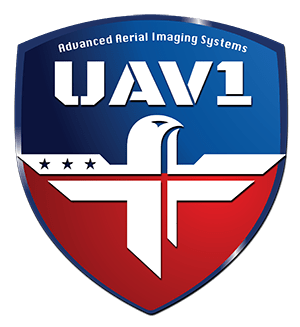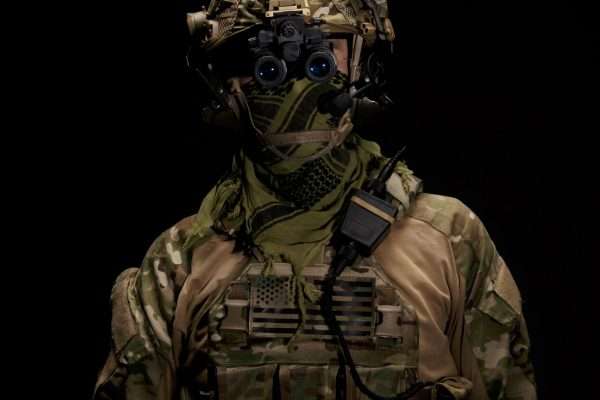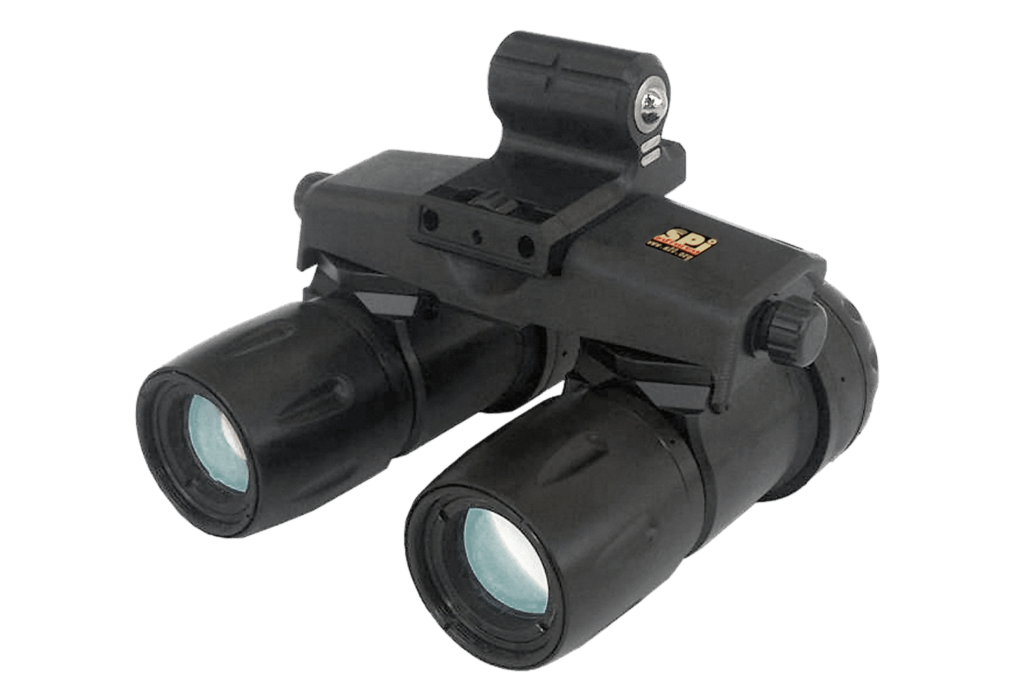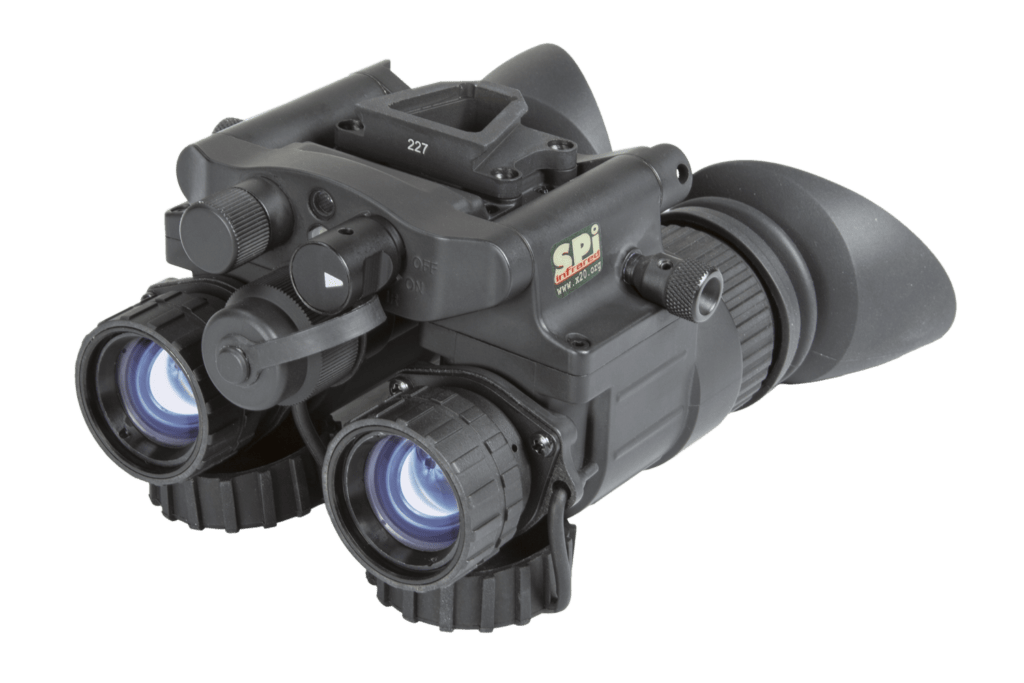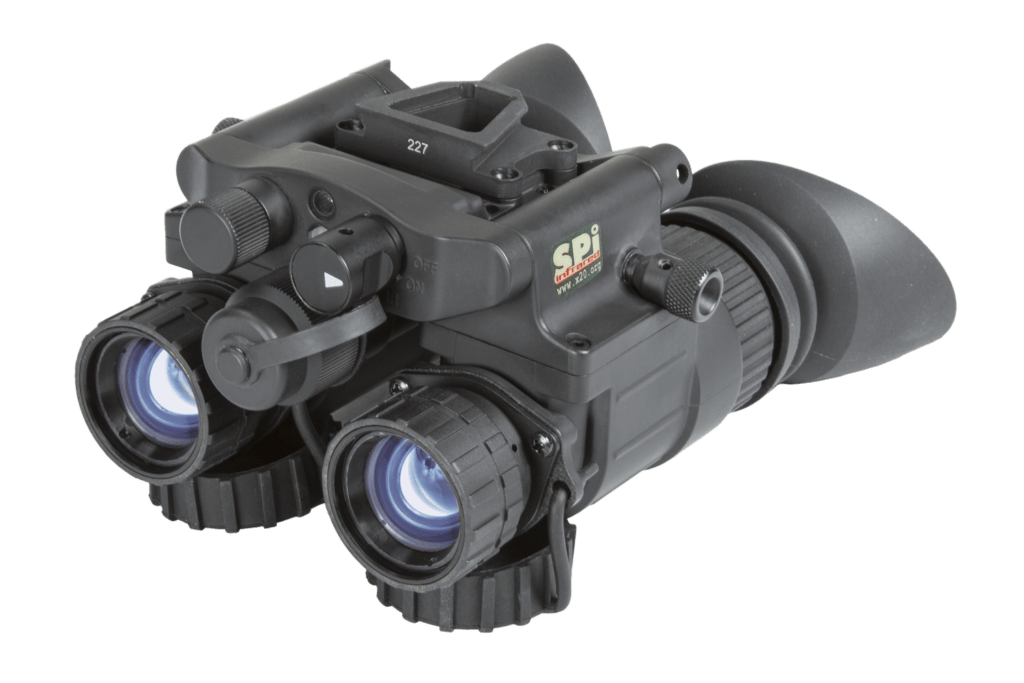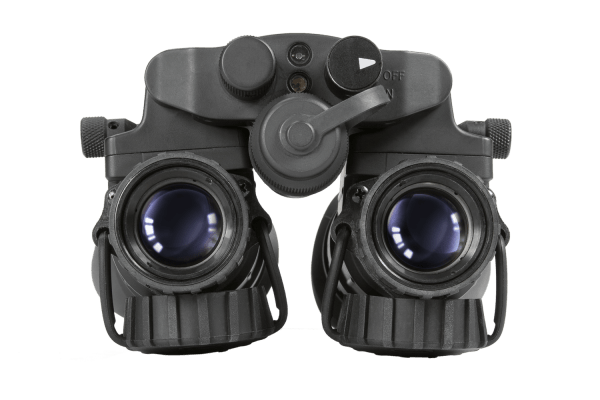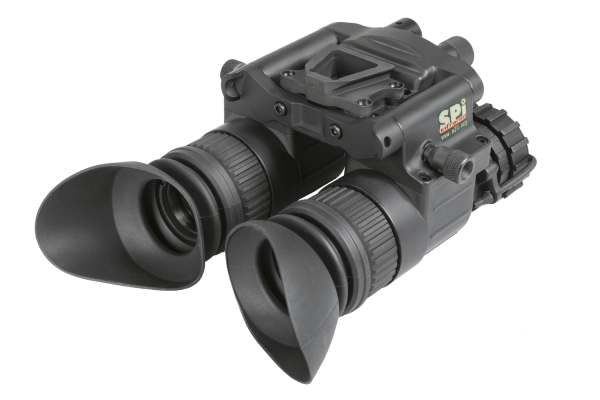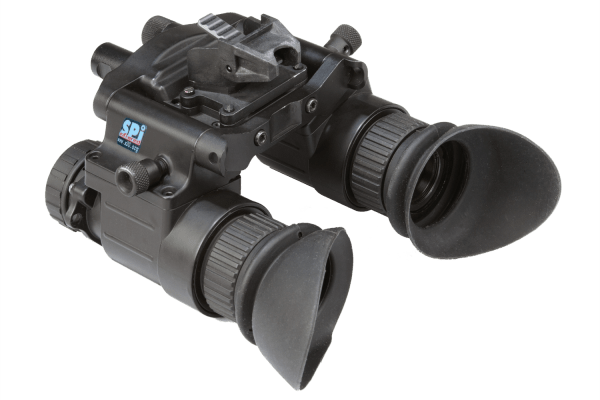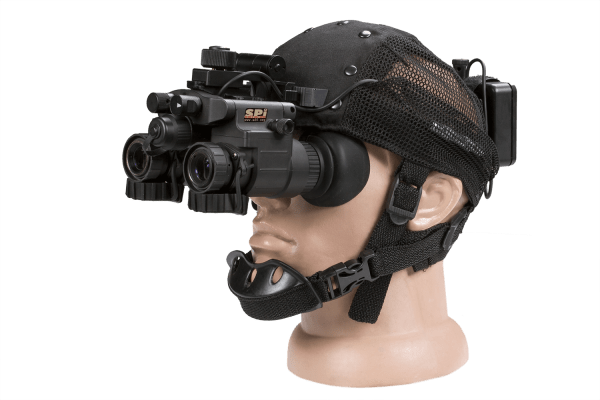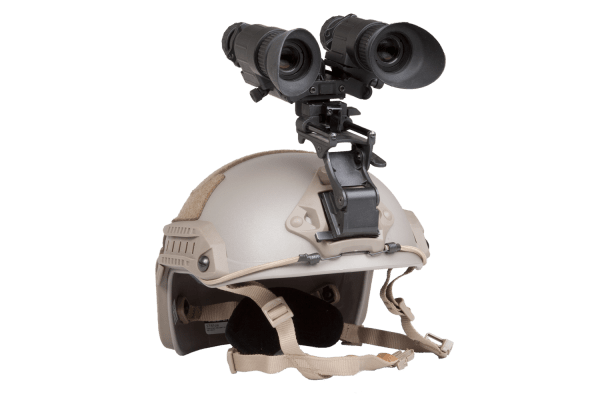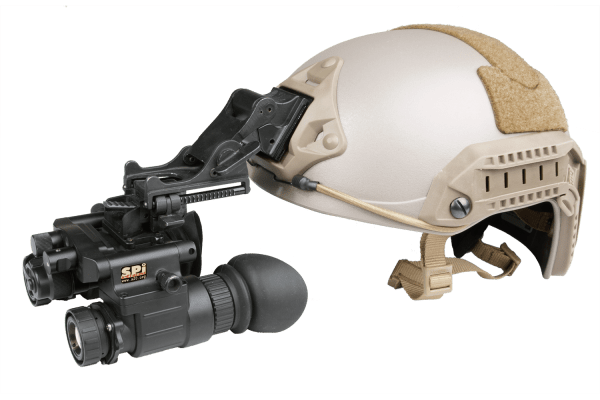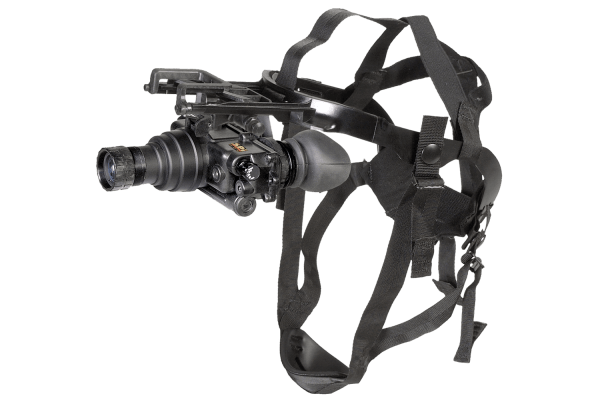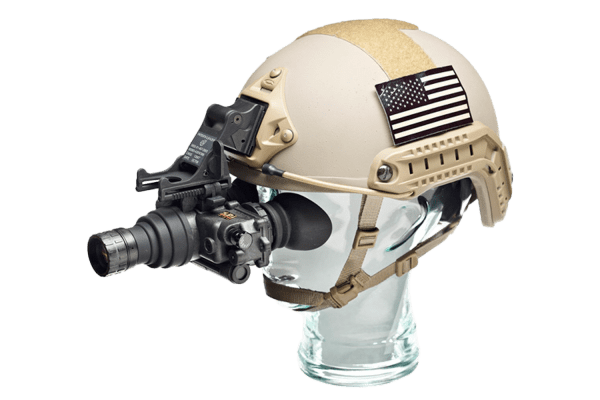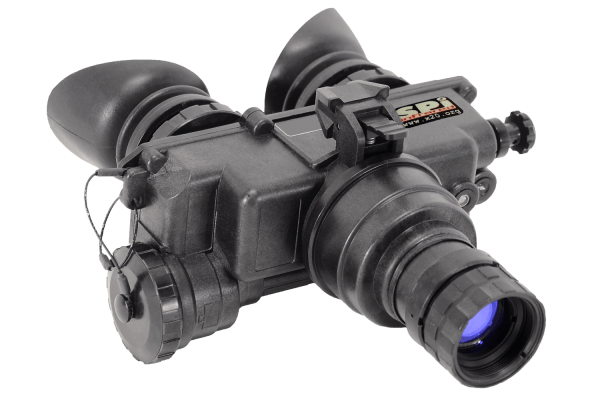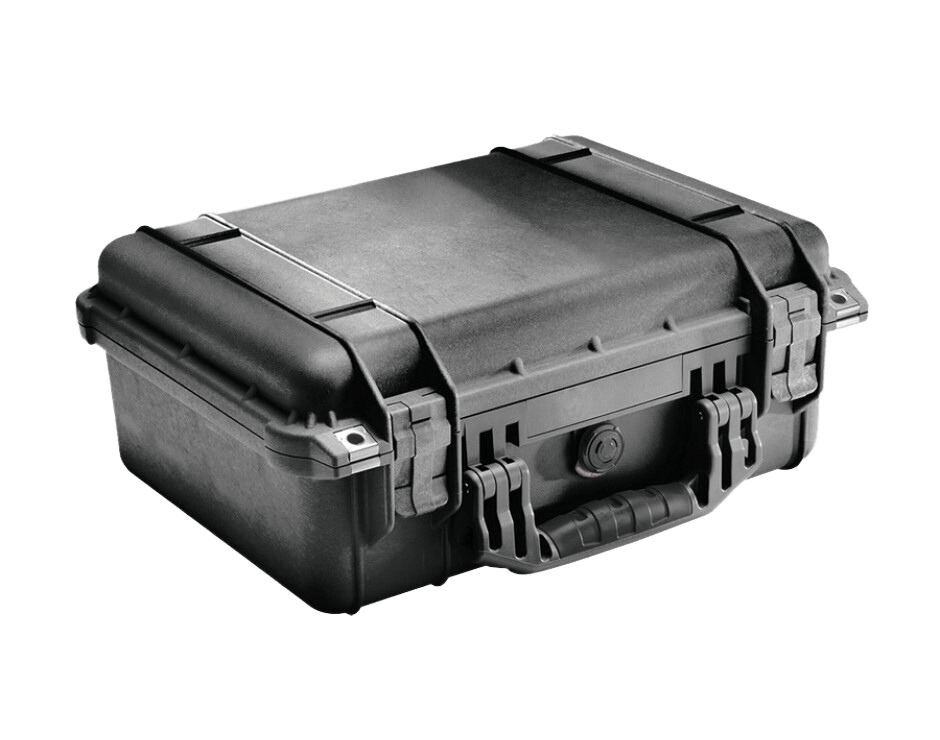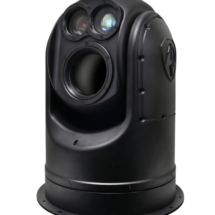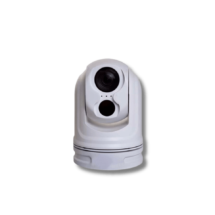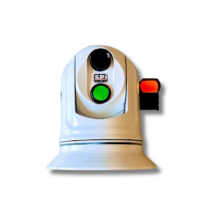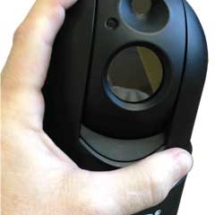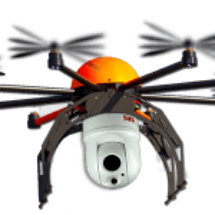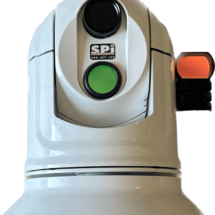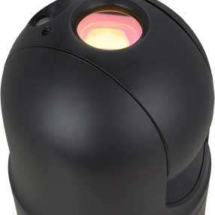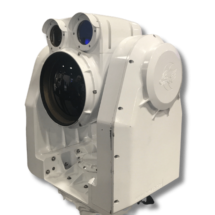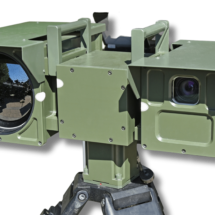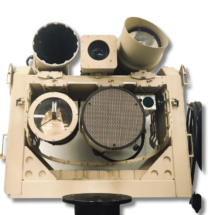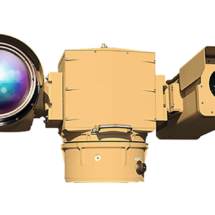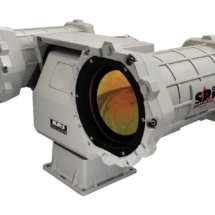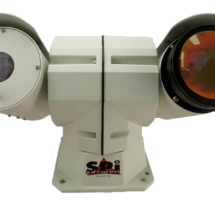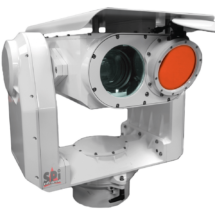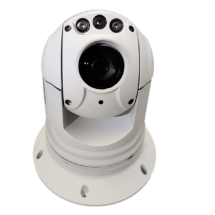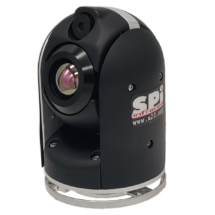SPI: Advanced Gen 3 Night Vision Goggles for Tactical Professionals
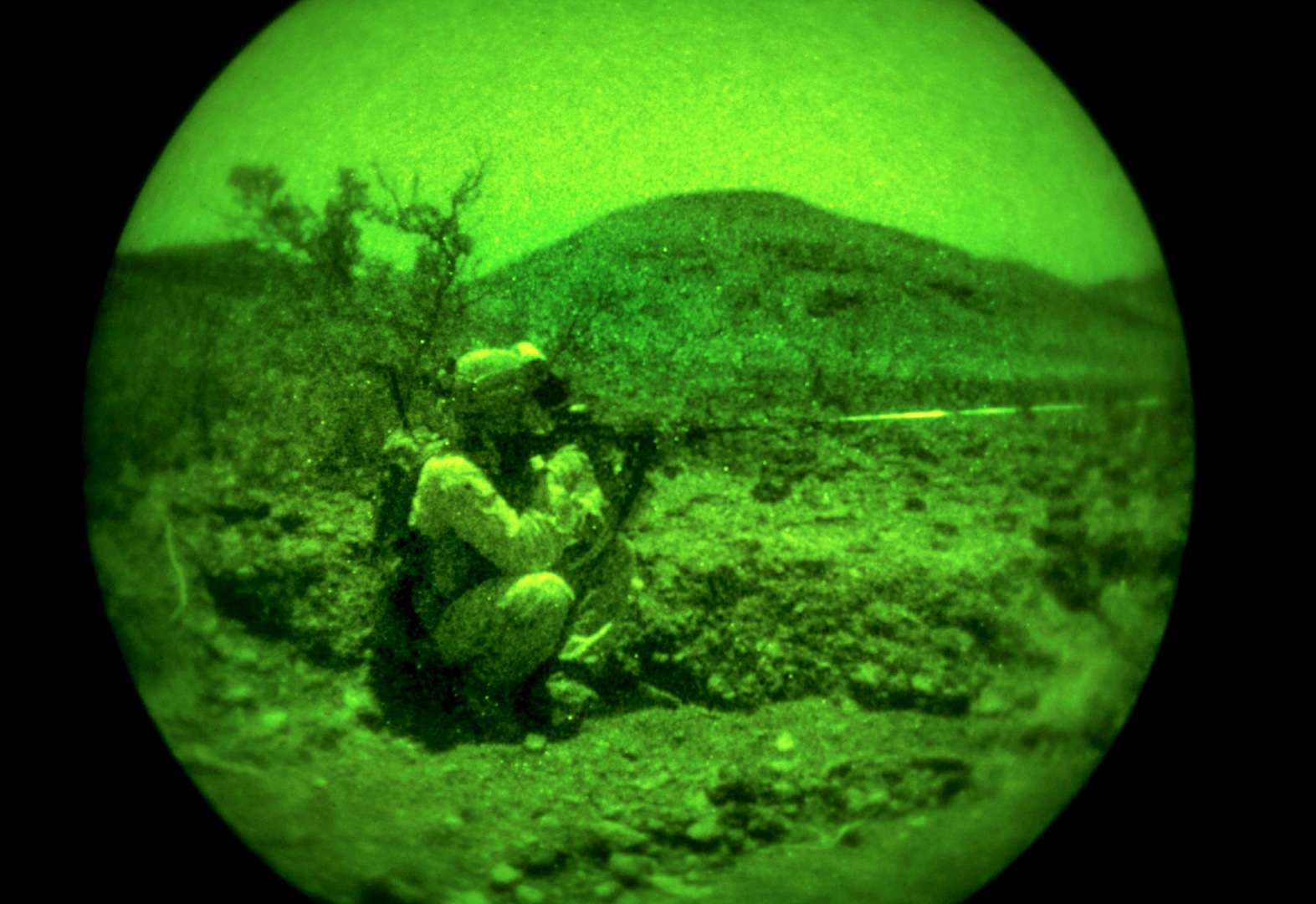
SPI Gen 3 Night Vision Goggles
SPI Night Vision Goggles: Technologies and Features
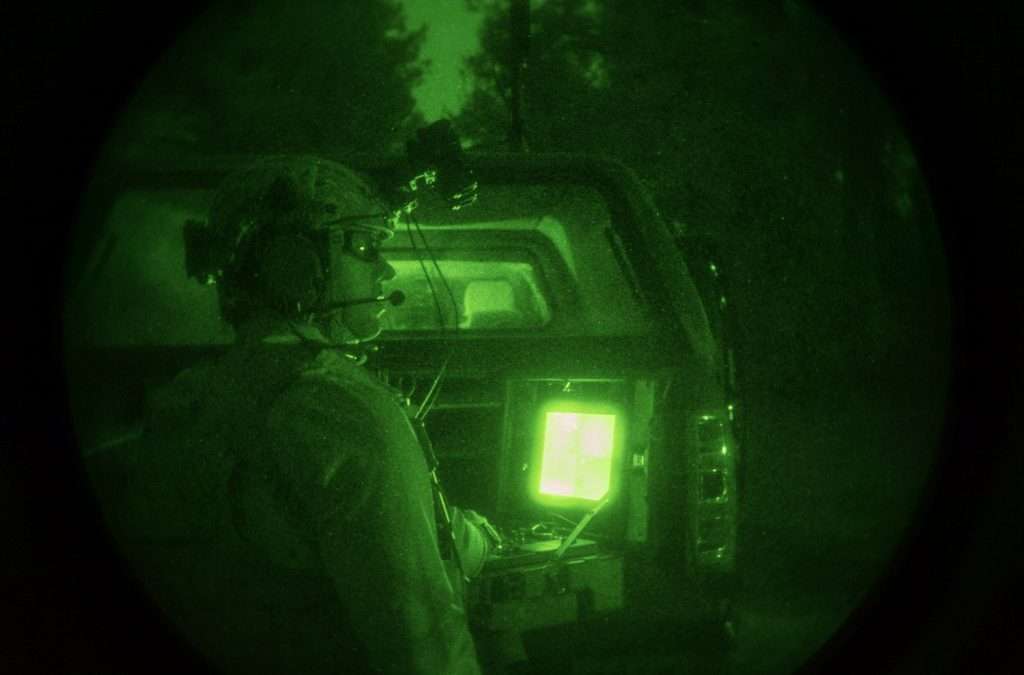
SPI battle tested night vision goggles are designed for use with helmets and head mounts. These goggles will handle harsh weather conditions, including jungle, marine and combat situations.
Our night vision goggles are fitted with image intensifier tubes of the highest quality, from Gen 1 to Gen 3, and can support single or double viewfinder. We understand the value of agility, user-friendliness and control.
SPI Night Vision Goggles:
Our night vision goggles are equipped with the latest technologies that can use natural ambient light sources or artificial infrared illumination to create clear and crisp viewing. Looking through the night vision allows the user to visualize an amplified recreation of the normally unseen visuals to the human eye.
Our night vision goggles use the latest available technologies, providing superior performance when it matters most.
Our Night Vision Goggles
We offer a battle tested, Military-grade, night vision goggles, with features like:
Our product line for law enforcement, military and nighttime optical enthusiasts is always evolving. SPI‘s diverse selection of night vision goggles are durable and agile enough to meet the highest demands of our expert customers.
Introduction to Gen 3 Night Vision Goggles
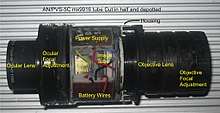
Evolution of Night Vision: The Rise of Gen 3 Technology
Night vision technology has come a long way since its inception, evolving through multiple generations to provide users with enhanced nighttime visibility. Among these, the Gen 3 Night Vision Goggles (NVGs) stand out as a pinnacle of technological advancement in the field.
Superior Performance: The Advanced Photocathode Technology of Gen 3 NVGs
Gen 3 NVGs offer a significant improvement over their predecessors in terms of sensitivity, resolution, and overall performance. They utilize advanced photocathode technology, which is primarily responsible for their superior light amplification. This means that in low-light conditions, where previous generations might falter, Gen 3 goggles excel, offering clearer, brighter images with improved detail.
Built to Last: The Impressive Longevity of Gen 3 Night Vision Devices
But what really sets Gen 3 Night Vision Goggles apart is their longevity and durability. While Gen 1 and Gen 2 devices have a tube life of roughly 1000 and 5000 hours respectively, Gen 3 devices can last up to or beyond 10,000 hours. This not only makes them a cost-effective choice in the long run but also a reliable one for professionals in fields like security, military, and wildlife observation.
Crystal Clear Vision: Addressing the Signal-to-Noise Ratio in Gen 3 Goggles
Moreover, the enhanced performance of Gen 3 NVGs doesn’t end at improved visibility. These devices also often feature better signal-to-noise ratios, ensuring that users get a clearer image with less “static” or “snow,” which was a common issue in earlier generations.
Gen 3 Night Vision Goggles: A Testament to Technological Advancement
In the realm of night vision technology, Gen 3 Night Vision Goggles are a testament to human ingenuity and our relentless pursuit of better, more effective tools. Whether you’re a professional relying on them for critical missions or an enthusiast wanting the best gear for nighttime adventures, Gen 3 NVGs offer unparalleled performance and reliability.
The Dawn of Gen 3: Tracing the Origins of Night Vision Technology
Night vision, as a concept, began its journey during the World Wars, but it wasn’t until the latter half of the 20th century that technological advancements paved the way for Gen 3. The need for improved nocturnal visibility, especially in covert military operations, drove scientists and engineers to push the boundaries of what was possible. The result? Third-generation night vision technology that was a league apart from its predecessors.
From Concept to Reality: The Development Journey of Gen 3 NVGs
The birth of Gen 3 NVGs was no overnight success. It was the culmination of decades of research, trials, and errors. Key to Gen 3’s superiority was the introduction of the gallium arsenide photocathode, which greatly increased sensitivity and image resolution. Paired with a reduced noise and ion barrier, this made for clearer, brighter visuals even in extremely low-light conditions. These goggles were not just an upgrade; they were a revolution.
First Glimpse: Early Adopters of Gen 3 Night Vision Goggles
When Gen 3 NVGs first emerged on the scene, their superior capabilities were immediately evident. The U.S. military, particularly its specialized units like the Navy SEALs and Delta Force, were among the earliest adopters of this groundbreaking technology. Concurrently, NATO allies, especially the United Kingdom’s SAS and Israel’s Mossad and IDF special forces, began integrating these goggles into their nighttime operations. The real-world effectiveness of Gen 3 technology was undeniable. As stories of successful operations in challenging terrains spread, there was a surge in demand. This led to a rapid adoption of Gen 3 NVGs across defense sectors globally, reaffirming their place as an indispensable tool in modern warfare.
Mission Critical: Gen 3 NVGs in Military and Defense Operations
In the modern military theater, the introduction of Gen 3 night vision goggles marked a paradigm shift. Take, for instance, the operations conducted during the Gulf War in the 1990s.
Coalition forces, particularly U.S. units, utilized Gen 3 NVGs to great effect, enabling them to execute precision airstrikes under the veil of night. This technological advantage allowed them to decimate enemy positions while minimizing their own exposure to counterattacks.
Similarly, during the early stages of Operation Enduring Freedom in Afghanistan, Special Forces units relied heavily on Gen 3 NVGs for nighttime raids against Taliban strongholds. These missions, often carried out in the rugged terrains of the Hindu Kush, would have been near impossible without the clarity and range offered by the Gen 3 technology.
It provided these elite units with the ability to engage targets from a distance, gather crucial intelligence, and execute high-value target operations with a high degree of success.
Night Vision’s New Frontier: Gen 3 NVGs in Civilian Domains
Elevating the Hunt: Gen 3 Night Vision Goggles in Game Tracking and Hunting
The hunting landscape underwent a significant transformation with the introduction of Gen 3 Night Vision Goggles (NVGs). For many hunters, the challenge of tracking game isn’t just during the day; the twilight hours and the cover of night hold their own allure. With Gen 3 NVGs, these hours became not only feasible but also more efficient for hunting.
The primary advantage was the exceptional clarity these goggles offered. Traditional methods of nighttime hunting often involved guesswork or relied heavily on moonlight. With Gen 3 NVGs, the darkness was virtually lifted, revealing a world rich in detail. This allowed hunters to track the subtle movements of game, discerning between species, and even identifying the age or health of a potential target.
This increased visibility had an ethical implication as well. With a clearer view of their target, hunters could ensure more humane and precise shots, reducing the chances of injuring an animal without a clean kill. This precision not only elevated the hunter’s skill but also promoted a more respectful approach to the sport.
However, the use of Gen 3 NVGs in hunting also brought about discussions regarding legality. As with many advanced technologies, the law sometimes lags behind, and the use of night vision in hunting was no exception. In several jurisdictions, hunting with night vision equipment was either restricted or outright banned, primarily due to concerns about potential poaching or over-hunting.
It became crucial for hunters to familiarize themselves with local regulations and ensure they were compliant. In many areas, while the use of NVGs for observation was permissible, actively hunting with them required special permissions or was limited to specific species or seasons
Nature Unveiled: Using Gen 3 NVGs for Wildlife Observation and Conservation
Wildlife enthusiasts and conservationists unlocked a new dimension in nocturnal animal study, leveraging the power of Gen 3 technology for minimally invasive observations and richer data collection.
Guardians of the Night: Gen 3 Night Vision in Security and Surveillance
The security sector experienced a paradigm shift with the introduction of Gen 3 NVGs. Whether guarding assets or overseeing events, security personnel’s effectiveness was amplified, often making them an unmistakable deterrent to potential threats.
The Lifesavers’ Essential: Gen 3 NVGs in Search and Rescue Operations
For search and rescue teams, the introduction of Gen 3 night vision goggles was a game-changer. Operating in the most challenging conditions, these teams found the goggles essential in time-critical missions, often making the difference between life and death.
Adventures in the Dark: Gen 3 Night Vision Goggles in Recreational Activities
From cave explorers to nighttime hikers, adventure enthusiasts integrated Gen 3 NVGs into their excursions, not only enhancing safety but also unveiling a captivating perspective of the world concealed in darkness.
Advantages Of Gen 3 Night Vision Goggles Over Other Generations
Night vision technology has experienced several evolutions, each generation promising and delivering enhanced capabilities. However, when Gen 3 Night Vision Goggles (NVGs) were introduced, they didn’t just promise improvement; they set a new standard. Here’s a closer look at why Gen 3 NVGs are considered superior to earlier generations:
- Advanced Photocathode Technology: One of the standout features of Gen 3 NVGs is the use of a gallium arsenide photocathode. This component greatly amplifies the number of electrons produced for each photon, resulting in a brighter and clearer image compared to previous generations. This leap in photocathode technology means that Gen 3 goggles can function optimally even in extremely low-light conditions.
- Longer Lifespan: While Gen 1 devices typically last around 1,000 hours and Gen 2 devices can operate for about 5,000 hours, Gen 3 NVGs boast an impressive lifespan of up to or beyond 10,000 hours. This longevity not only offers better value for money but also ensures that the devices are reliable for prolonged use in critical situations.
- Improved Signal-to-Noise Ratio: A common issue with earlier generation NVGs was the “snow” or “static” that sometimes clouded the image. Gen 3 NVGs, with their enhanced signal-to-noise ratio, provide a much clearer image. This ratio determines how clearly small details can be seen in low-light conditions, and Gen 3 NVGs excel in this regard.
- Auto-Gated Power Supply: This feature, commonly found in Gen 3 NVGs, allows the goggles to rapidly adjust to fluctuating light conditions. If a sudden burst of light occurs, such as from a flare or spotlight, the auto-gating feature reduces the risk of the NVGs getting damaged and also protects the user’s eyes from potential harm.
- Reduced “Halo” Effect: The halo effect, which is the bright circle that appears around a light source in night vision, is significantly reduced in Gen 3 devices. This makes for a more natural and less obstructed view when operating in environments with varying light sources.
In conclusion, while every generation of night vision technology brought its own set of advancements, Gen 3 Night Vision Goggles represent a culmination of these improvements. Their enhanced capabilities, combined with their durability and adaptability, solidify their position as the preferred choice for both professional and recreational users seeking the best in night vision technology.
Navigating the Night: Limitations of Gen 3 NVGs in the Face of Gen 4 and Full Color Technology
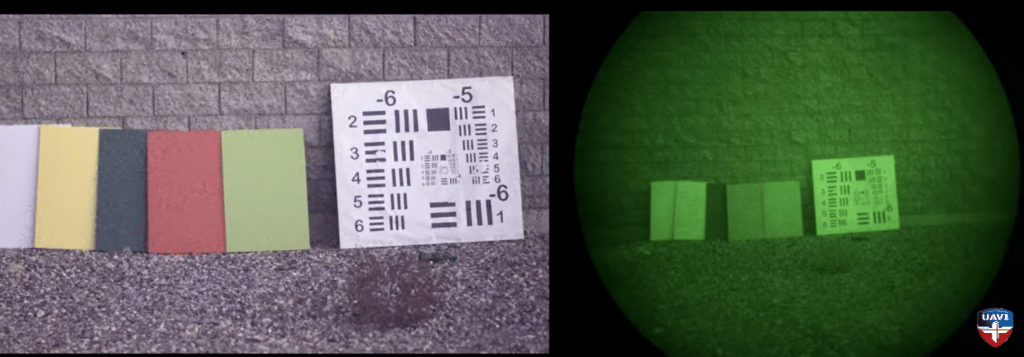
night vision versus full color night vision
While Gen 3 Night Vision Goggles (NVGs) have undoubtedly set a high standard in nocturnal vision, the advent of Gen 4 and full-color night vision technologies has highlighted certain limitations in the Gen 3 design. Here’s a comprehensive look at where Gen 3 falls short in the face of these newer innovations:
- Monochromatic Vision:
Gen 3 NVGs typically render images in a greenish hue, a consequence of the phosphor screen used. In contrast, full-color night vision offers a more natural, multi-colored view of the surroundings. This can be crucial in situations where color differentiation, such as identifying clothing or vehicle colors, is essential. - Image Clarity at Close Range:
While Gen 3 NVGs excel in low-light conditions, they can sometimes struggle to provide crystal clear images at very close ranges. Gen 4 technology, with its refined components, often provides a sharper image in such close-quarter scenarios. - Sensitivity to Bright Lights:
Even though Gen 3 NVGs come equipped with auto-gated power supplies to handle sudden light fluctuations, they can still be more sensitive to bright light sources compared to Gen 4 devices. Prolonged exposure to bright lights can potentially reduce the lifespan of Gen 3 tubes. - Weight and Size:
Gen 3 NVGs, while compact compared to their earlier counterparts, are often bulkier than the latest Gen 4 models. The newer generation devices benefit from advancements in miniaturization, making them more lightweight and user-friendly, especially for extended periods of use. - Cost Considerations:
Given that Gen 3 technology has been around longer, one might assume it would be more affordable. However, as Gen 4 technology becomes more widespread and production techniques refine, the cost difference between the two is narrowing. This poses a challenge for Gen 3 NVGs in the market, especially for users weighing the cost against the benefits of the latest technology.
Conclusion
Night vision technology has journeyed through a fascinating trajectory, from its rudimentary beginnings to the cutting-edge devices we have today. The Gen 3 Night Vision Goggles (NVGs) marked a significant milestone, revolutionizing both military operations and civilian applications.
With unparalleled clarity, extended lifespan, and adaptability to varying light conditions, Gen 3 NVGs reshaped the way we perceive and operate in the dark.
However, as with all technological advancements, there’s always a next frontier. The emergence of Gen 4 and full-color night vision technologies has illuminated certain limitations of Gen 3 devices. These newer innovations offer a more natural, multi-colored view, sharper close-range imaging, and a lightweight design, among other benefits.
While Gen 3 NVGs undoubtedly set a gold standard in nocturnal vision, the continuous evolution in the field underscores the potential for even greater breakthroughs. As users and enthusiasts, it’s essential to stay informed about these advancements and understand their implications.
In a world where the veil of darkness no longer poses a barrier, the future of night vision technology holds limitless possibilities. Whether for tactical missions, wildlife observation, or nocturnal adventures, the night’s mysteries are now more accessible than ever.
Night Vision Videos
Welcome To UAV1
All Things Thermal
At UAV1 we specialize in advanced thermal, night vision, and IR imaging cameras and systems. We custom design and build comprehensive long range surveillance cameras for mounted, vehicle, and mobile imaging operations.
Long Range Thermal Imaging PTZ Cameras
Long Range Thermal PTZ Cameras with IR rangefinders, auto-tracking, and up to 60km detection range.
Thermal Drone Cameras For Commercial and Personal Use
Micro thermal cameras designed specifically for drones, UAVs, and UAS, some weighing less than 160 grams, for extended range observation.
Night Vision Products
Night vision scopes, clip-on sights, accessories, and goggles tailored for military and hunting applications.
About UAV1
At UAV1, we harness the power of thermal imaging to offer solutions tailored to your company’s specific needs. Whether you’re looking to monitor infrastructure, conduct surveillance in low-light conditions, or detect energy inefficiencies in buildings, our state-of-the-art thermal cameras can provide unparalleled insights.
But why choose UAV1?
- Advanced Technology: Our thermal cameras are equipped with high-resolution sensors, ensuring that you receive clear and detailed thermograms for accurate analysis.
- Versatility: Suitable for a range of applications, our solutions can be customized to fit your industry’s requirements.
- Expertise: Our team of professionals is well-versed in the intricacies of thermal imaging, ensuring that you get the most out of our technology.
- Continuous Support: From initial consultation to post-deployment assistance, we’re with you every step of the way.
Thermal imaging is more than just a tool; it’s a window into a world unseen. Discover its potential and elevate your company’s operations to new heights. To explore how UAV1 can be your partner in this journey, contact us today.
Contact To Get Pricing, Details, Or Schedule a Demo For Our Thermal Cameras
FAQs
About SPI Corp
Yes, our headquarters are located strategically in Las Vegas, NV, a designated testing area for drones by the Federal Aviation Administration The perfect location to develop prototype custom thermal imaging systems for use on UAV surveillance & drone research & applications.
Yes, but the buyer acknowledges that if purchased items and services are destined for export (as defined in 22 CFR 120-130), BUYER has the complete responsibility and agrees to comply with all export laws and regulations of the U.S. Department of Commerce and the U.S. Department of State.
Yes,SPI Corp provides full service support from creating the design to building and installing the system. Contact us for more information.
Gen 2 Night Vision Goggles
Gen 3 night vision goggles are a pinnacle in the evolution of night vision technology, offering several distinctive advantages:
- Advanced Photocathode Technology: Gen 3 NVGs utilize a gallium arsenide photocathode, which significantly amplifies light, providing brighter and clearer images, especially in very low-light conditions.
- Extended Lifespan: With a tube life of up to or beyond 10,000 hours, Gen 3 NVGs outlast both Gen 1 and Gen 2 devices, ensuring long-term reliability.
- Improved Signal-to-Noise Ratio: This feature enhances the clarity of images, reducing the “snow” or “static” often seen in earlier generations. The result is a sharper and more detailed view in low-light scenarios.
- Auto-Gated Power Supply: Gen 3 NVGs can rapidly adjust to fluctuating light conditions, minimizing potential damage from sudden bright light sources and protecting the user’s vision.
- Reduced “Halo” Effect: The bright circle that typically appears around light sources in night vision, known as the halo effect, is minimized in Gen 3 devices, offering a more natural viewing experience.
In summary, Gen 3 NVGs combine the strengths of earlier generations while introducing groundbreaking innovations, setting them apart as a preferred choice for both professional and recreational users seeking optimal night vision capabilities.
White phosphor in Gen 3 night vision goggles refers to the type of phosphor used on the screen inside the goggles. Instead of the traditional green hue commonly associated with night vision, white phosphor provides a more natural, black and white image, which some users find to be more detailed and easier on the eyes.
Auto-gating in Gen 3 night vision refers to the rapid on/off cycling of the device’s power supply, allowing it to instantly adjust to fluctuating light conditions. This feature is crucial for protecting the device from sudden bright light exposures, which could harm its internal components. Additionally, auto-gating enhances image clarity by reducing “blooming” effects around bright sources and extends the overall lifespan of the night vision tube by minimizing potential light damage.
